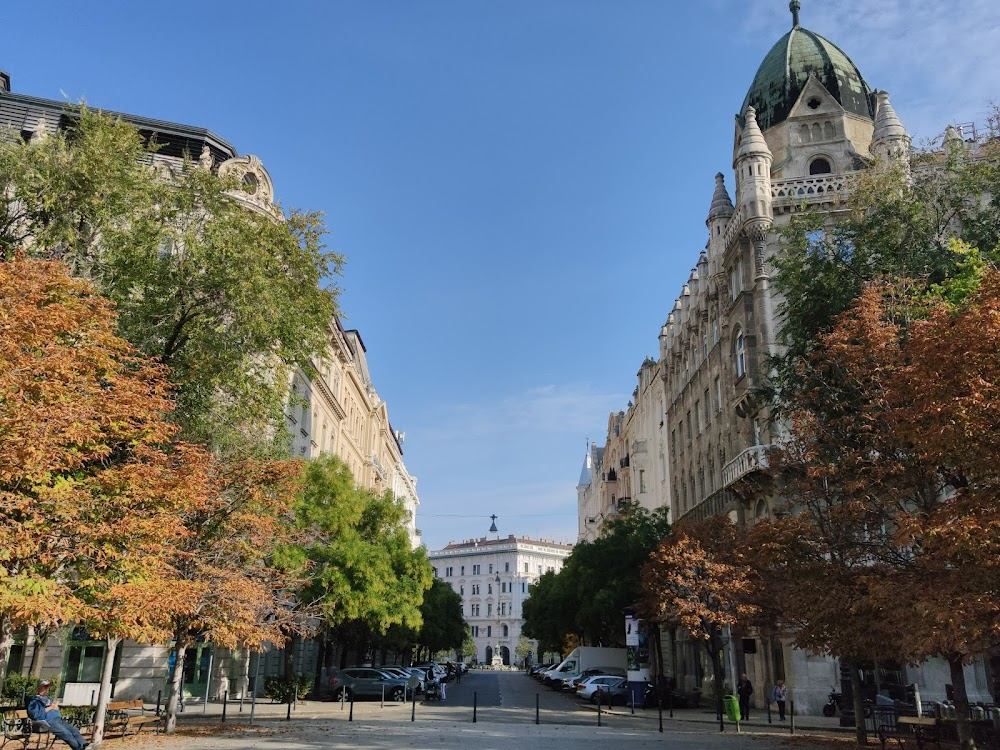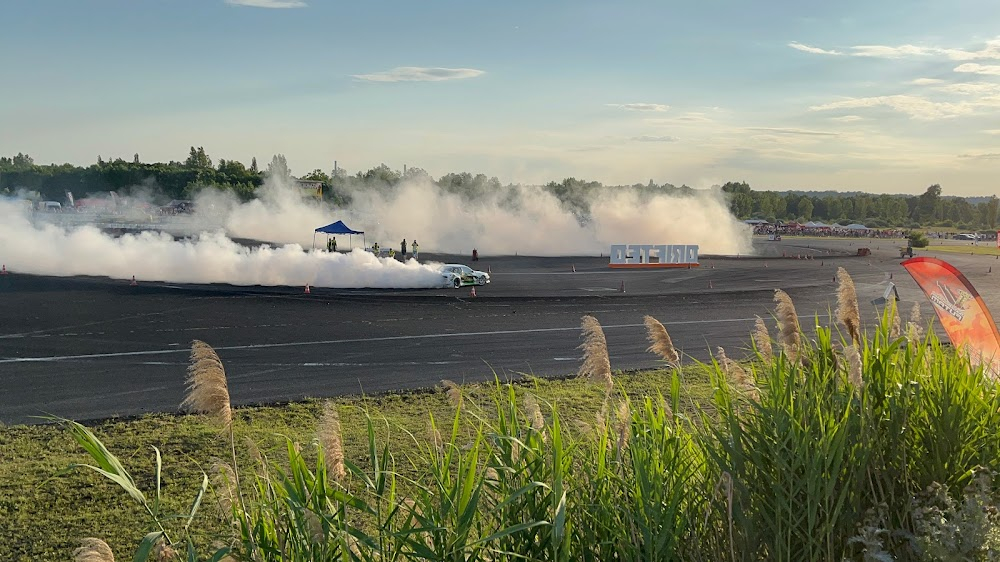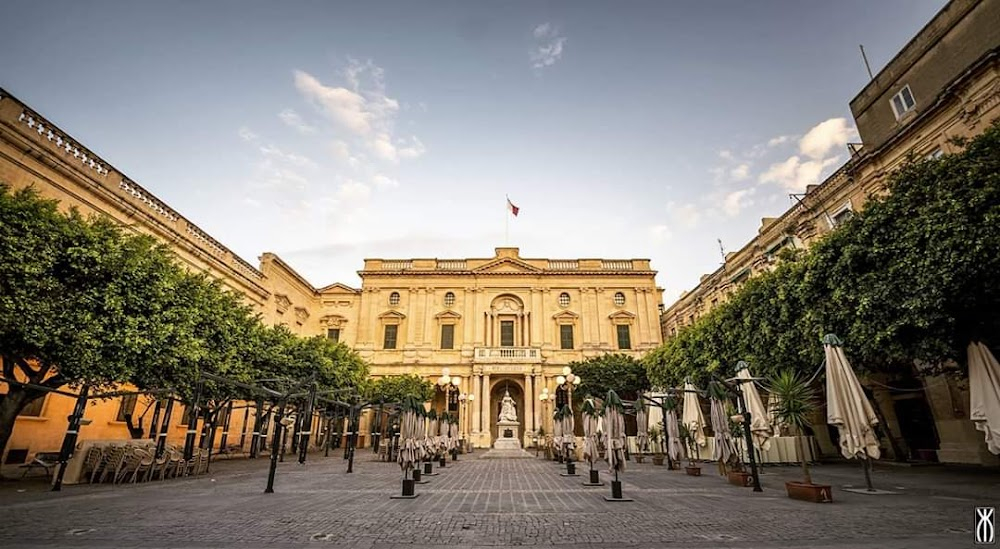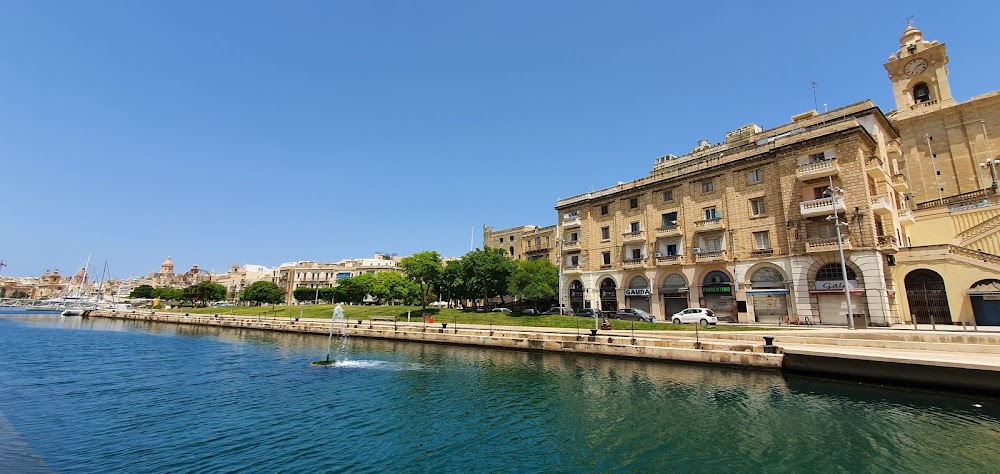Munich Filming Locations
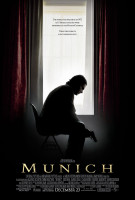
Where was Munich filmed? Munich was filmed in 25 locations across Malta, Hungary, France and United States in the following places:
Munich Filming Locations
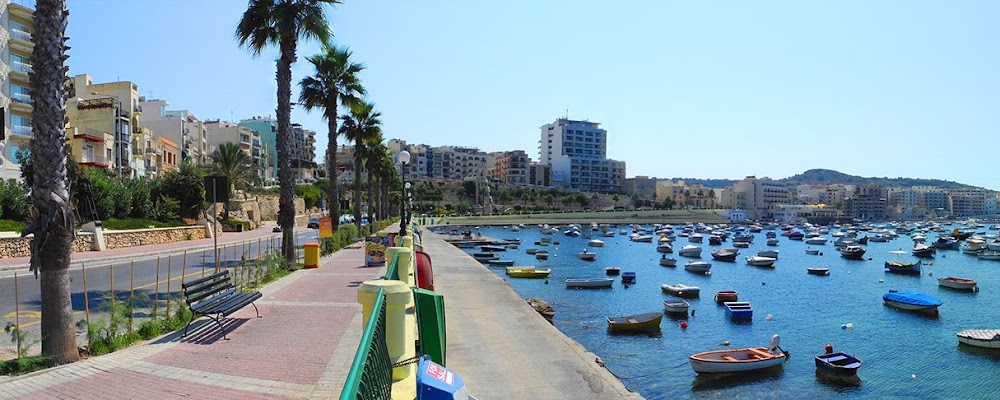
Bugibba has a lively nightlife with pubs, sports bars, and pizzerias in streets around palm-lined Bugibba Square. Malta National Aquarium features rays and sharks, and vintage vehicles are displayed at the Malta Classic Car Collection. Restored St. Paul’s Shipwreck Church dates back to the 14th century. A seaside promenade leads to Qawra Point Beach for sunset views.
Malta is an archipelago in the central Mediterranean between Sicily and the North African coast. It's a nation known for historic sites related to a succession of rulers including the Romans, Moors, Knights of Saint John, French and British. It has numerous fortresses, megalithic temples and the Ħal Saflieni Hypogeum, a subterranean complex of halls and burial chambers dating to circa 4000 B.C.
Marsaxlokk is a small, traditional fishing village in the South Eastern Region of Malta. It has a harbour, and is a tourist attraction known for its views, fishermen and history. As of March 2014, the village had a population of 3,534.
Rabat is a town in the Northern Region of Malta, with a population of 11,497 as of March 2014. It adjoins the ancient capital city of Mdina, and a north-western area formed part of the Roman city of Melite until its medieval retrenchment.
Sliema is a resort town on the east coast of the Mediterranean island of Malta. The waterfront features a long promenade and the 18th-century polygonal Fort Tigné in the south. To the north, St. Julian’s Tower is a 17th-century watchtower and battery. The baroque-inspired Stella Maris Church dates from the 1850s. On tiny Manoel Island is the star-shaped Fort Manoel, built by the Knights of St. John.
Hungary is a landlocked country in Central Europe. Its capital, Budapest, is bisected by the Danube River. Its cityscape is studded with architectural landmarks from Buda’s medieval Castle Hill and grand neoclassical buildings along Pest’s Andrássy Avenue to the 19th-century Chain Bridge. Turkish and Roman influence on Hungarian culture includes the popularity of mineral spas, including at thermal Lake Hévíz.
Budapest, Hungary’s capital, is bisected by the River Danube. Its 19th-century Chain Bridge connects the hilly Buda district with flat Pest. A funicular runs up Castle Hill to Buda’s Old Town, where the Budapest History Museum traces city life from Roman times onward. Trinity Square is home to 13th-century Matthias Church and the turrets of the Fishermen’s Bastion, which offer sweeping views.
Valletta (or Il-Belt) is the tiny capital of the Mediterranean island nation of Malta. The walled city was established in the 1500s on a peninsula by the Knights of St. John, a Roman Catholic order. It’s known for museums, palaces and grand churches. Baroque landmarks include St. John’s Co-Cathedral, whose opulent interior is home to the Caravaggio masterpiece "The Beheading of Saint John."
Cospicua or Bormla, occasionally also known by the Latin name Cottonera, is a double-fortified harbour city in the Port Region of Malta. As Maleth, it served as the principal port of Phoenician Malta and, through Greek, Latin, and Arabic, may have given its name to the island and country.
A redeveloped industrial area along the East River in Queens, Long Island City is known for its gleaming high-rises with sweeping views of Manhattan. Innovative art galleries and performance spaces, as well as pockets of trendy bars and restaurants, appeal to local artists and young professionals. MoMA PS1 showcases cutting-edge art and hosts seasonal dance parties. Locals enjoy the quiet riverfront park.
Anchored by its namesake park, Fort Greene is a family-friendly, tree-lined neighborhood of Brooklyn. The community's diversity is evident in the mix of casual eateries, hip bars and indie shops, many of which line DeKalb and Myrtle avenues. Locals and visitors throng the Brooklyn Flea's seasonal market, performances at the Brooklyn Academy of Music, and concerts and sports events at the nearby Barclays Center.
Munich (2005)
After the Black September capture and massacre of Israeli athletes at the 1972 Olympics, five men are chosen to eliminate the people responsible for that fateful day.














